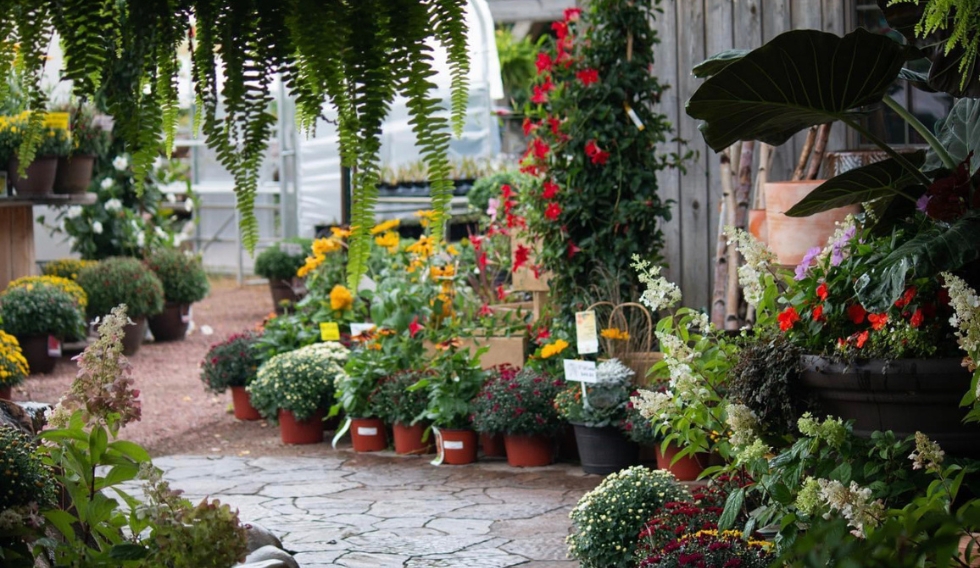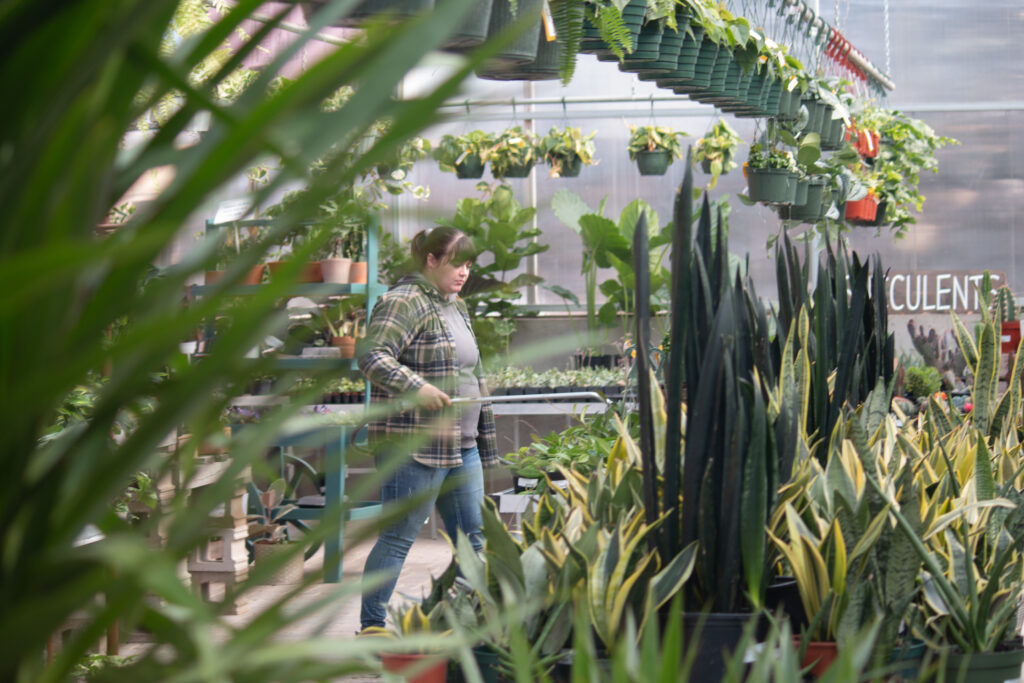After the cold winter months, we are all ready for some fresh air and warm sunlight, including our houseplants. In their native environment, many of our favorite plants grow on the forest floor or in the desert, which means any of your plants can go outside with the right conditions. While the warm temperatures, humidity, and monthly fertilizing will help them flourish during the growing season, there are a few things to keep in mind before starting their summer vacation.

Acclimating
Acclimating your plants over 10-14 days outdoors can prevent any stress by slowly adjusting your plants to the change in humidity, temperature, and light conditions. It is recommended to start any plant in the shade for an hour or two at a time and slowly increase the time as the days go on. The cool, early morning sun is okay after the plant has adjusted outside for about two weeks but avoid the hot afternoon sun. Even sun-loving plants need to adjust to prevent sunburn!

Temperature
Tropicals, cactus, and succulents can be sensitive to temps below 50℉ as it can stunt their growth or potentially cause damage. It is important to watch the weather in the spring as we typically have cool nights and warm days. You may have to move your plants indoors on cool nights and back outdoors during the day. Once the weather is consistently above 50-60℉, it is safe to leave your plants outside!
Location
While you may have the perfect spot on your front porch, sunlight, rain, and wind are some factors to think about when choosing an outdoor location. The intense, direct sunlight outdoors can burn some plants’ tender foliage so it is best to place your plant in a shady or mostly shady location. Plants such as Banana Plants, Birds of Paradise, and most cacti can handle full sun but they still need to be gradually acclimated. In the Midwest, we have plenty of wind that can snap stems or blow plants over. While your plant won’t die from a snapped stem, preventing damage will keep your plant looking big and beautiful.

Adjust your watering
Light, temperature, wind, and humidity can change the frequency of watering.
- Higher temperatures, wind speeds, lots of light, and low humidity will cause your plant to absorb more water and dry out faster.
- Low temperatures, little wind, shade, and high humidity will cause your plant to retain more moisture.
It is always recommended to check your soil before watering and not watering on a schedule as plants needs can vary. If your plant is hit by rain, rainfall over 1” is sufficient to thoroughly water. Any less rain and you may have to additionally water to ensure deep watering.


